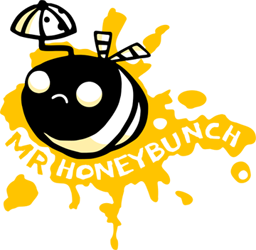Audio Composition on a Budget
I’ve always wanted to try my hand at composing music and recording sound effects, but there have always been a few tiny barriers in my way:
- I struggle to read music
- I struggle to play an instrument
- I have no audio recording equipment
- I find digital audio workstation (DAW) software to be confusing and overwhelming
- Professional DAW software is expensive and I have no money
The easiest, quickest, and most practical solution to this problem would be to find free video game music online. There are tons of incredibly talented composers out there and many of the songs are available completely free for commercial use, requiring only that the developer pay proper attribution. Most likely you’ll be able to find audio and music suitable for your game online, and I highly recommend using free assets if it makes sense to do so. That time you save is extremely valuable and can be spent on improving other areas of your project instead.
But maybe it’s important for your project to have a unique sound and you can’t hire a composer, or maybe you just really want to try composing something yourself. This is where I was at (because being an artist, programmer, and animator isn’t enough) and so I’ll talk about what I found that worked for me!
Since I can barely play an instrument and have no equipment, I focused on trying software which would make use of virtual instruments and sounds instead, so that the computer could play the instruments for me.
Crescendo Music Notation for Windows
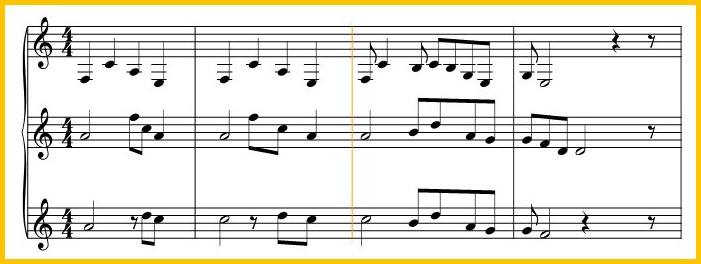
The first program I tried was Crescendo Music Notation Software for PC. This program does require you to buy a license for commercial use ($80 USD when not on sale) but they do have a free trial so you can try it out before making a commitment.
This is a notation program, which means you can place individual notes onto the sheet one at a time in order to create a melody. This was appealing to me because it means I can dictate where the notes should go, and then select from virtual instruments and have the program play the song for me (instead of me having to play and record the music myself). I would recommend learning the basics of reading sheet music first, particularly in regards to the note values, as it will make things a lot easier when starting out. Otherwise, I think this is a great program for learning on, as you can really just play around, placing notes wherever, and experiment with all the options. It does have a virtual keyboard as well, which will be easier and faster for many people.
Here’s the first song I created, which I have lovingly titled Potato Lullaby.
I was pretty excited after composing this song! I didn’t think I’d ever be able to compose anything at all, let alone something with multiple tracks/instruments and which actually sounded somewhat coherent. I did find that the instruments felt a little unnatural though, and I found placing each individual note to be pretty time consuming. Additionally, while it does have a wide range of sounds to choose from, they’re primarily traditional instruments such as piano, harp, etc. (No dropping the bass with Crescendo). So, combined with the price tag, this may not be the best option for everyone (but it is a great learning tool, and may be a good option if you’re looking for very clean/precise traditional music, especially if you want to combine the tracks with other sounds later on).
GarageBand for iOS
Another application I tried was GarageBand for iOS. (There are likely similar programs for Android but I haven’t tried them myself!) I actually checked out GarageBand before trying Crescendo, but had been a little overwhelmed at first. There are a lot of options and different ways to create music within the app. You can select from pre-recorded loops or you can record your own unique tracks using virtual keyboards. The program is also completely free and the audio you create is free for you to use commercially as well (as long as you don’t redistribute individual loops).
So I came back a little more confident than before and decided to try recording some audio using the virtual keyboards. You have the choice between a standard keyboard and some kind of stringy-looking thing. I generally vibe with the stringy-thing because I find it’s more fluid and that works better for me.
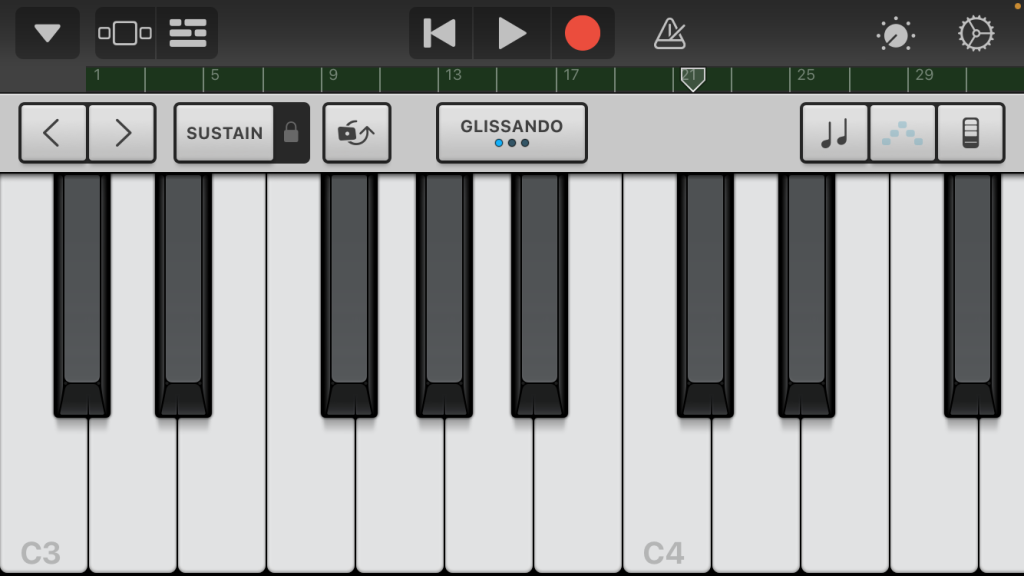
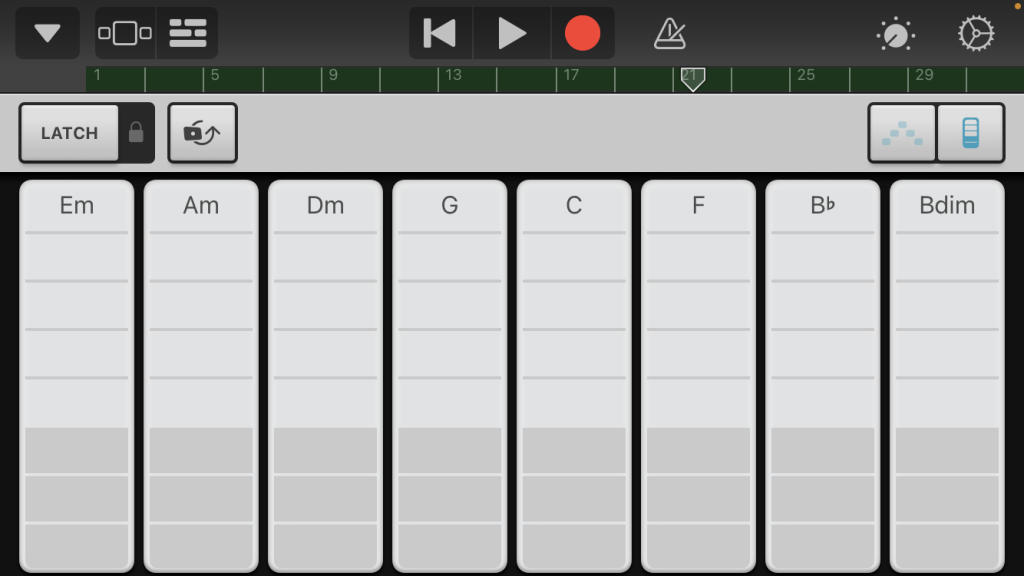
I definitely wasn’t confident enough to play an entire song perfectly in one go, so I resorted to selfie-tactics. I increased the track length to the maximum it would allow me to and just played a bunch of freestyle tunes using the different synth instruments available. I then exported the tracks to my device and imported them into Hokusai 2 (another iOS app) for editing. This way I could break out the sections that sounded okay and then recombine the tracks into a coherent song.
I also really love the wide variety of instruments to choose from, which include a lot of synth and electronic options. This was also a completely different way to approach music composition than when I was using the notation program; music made in Crescendo was very meticulous and precise, while GarageBand was fueled by pure vibes and whimsy (note that you can clean up the notes manually after recording as well).
Hokusai 2 for iOS
Hokusai 2 is an audio recording and editing application for iOS (similar to Audacity for Windows/Mac/Linux).
Hokusai was convenient for me as I had all the audio tracks saved to my phone already, and I find the touch controls to be easy and intuitive to use. Additionally, I try to limit my time on the computer, and so anything I can do on my phone instead is a huge bonus to me!
It’s also a great option on a budget as the free version comes with all the standard tools that you need to edit tracks, such as Fade In, Fade Out, Gain, and Normalize. If you prefer to use the computer though, then Audacity (free and open-source) is a good option as well.
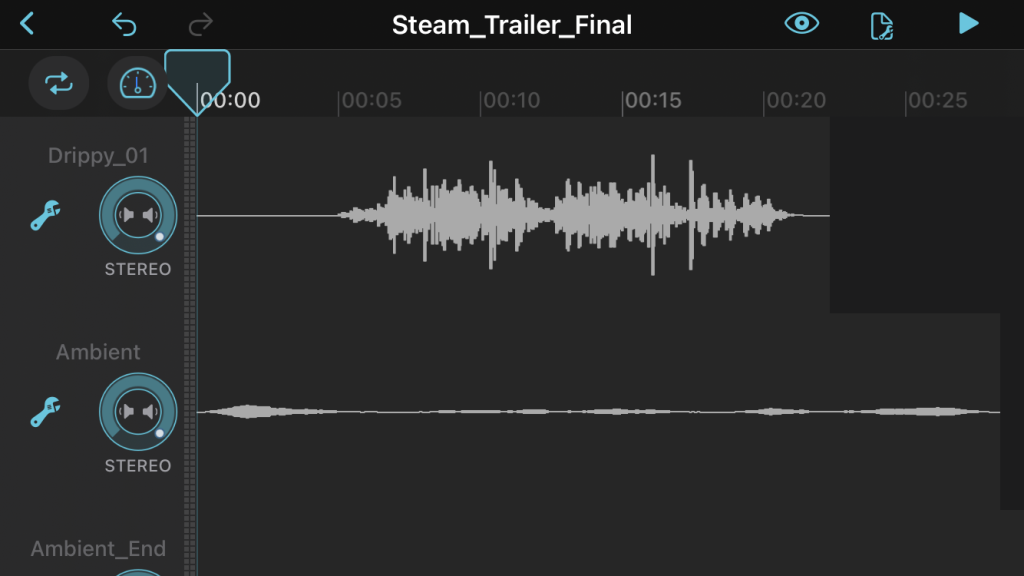
Here’s the (highly compressed) background music I made for Cordychosis’s Steam teaser using GarageBand and Hokusai 2.
I was pretty happy with the result, as I was able to capture the emotion and tone that I wanted for my video (and it’s hard to argue with the $0 dollar price tag!) The convenience is also a huge plus, so if you have an iPhone or iPad and don’t mind recording and editing directly on your device, then I’d strongly recommend trying both these apps.
Recording with Hokusai 2
Another reason I love Hokusai 2 is that in addition to editing tracks, you can use it to record audio clips with your phone’s microphone as well! While this won’t compare to a proper recording studio, it’s still a perfectly viable option for an indie developer on a budget.
Here’s an example of a short clip I recorded, an SFX which plays when picking up a teacup in-game.
Honestly, I really love just walking around my house, picking stuff up, and dropping it over and over again. It’s a lot of fun and another thing I can do away from the computer! Like with the tracks for the background music, it’s a really good idea to record a bunch of audio at once and then break it apart in an editing application afterwards, picking the clips which sound the best and discarding the rest.
The only thing about using your phone to record audio clips is that you can sometimes pick up a lot of background noise or interference. For me, the results varied wildly depending on the time of day or whether there was something making white noise in the background, so you can spend some time trying to find “safe” locations to record, or turning electronics on/off in an attempt to reduce interference. The paid version of Hokusai 2 (about $12 USD) does come with a Noise Reduction feature to help eliminate background noise, so that may or may not be worth the price to you. I did end up buying the paid version myself, though I don’t always need to use the noise reduction feature to get good results.
Final Thoughts
Okay, I think that’s it for this blog post! Obviously this is not an all-inclusive list of affordable audio software for every type of device, but I did want to share what I did and what worked for me. The biggest thing I want to stress (if you’re intimidated by the idea of trying audio composition) is to try different things and to try a variety of software before deciding that composition isn’t for you! There’s so many options from musical notation, creating or combining loops, virtual keyboards, and playing actual instruments. Something might click for you even if nothing else did before!

~ Mr Honeybunch
